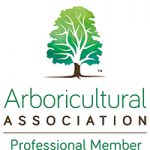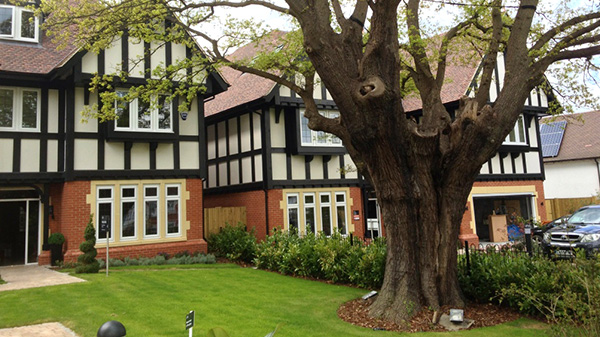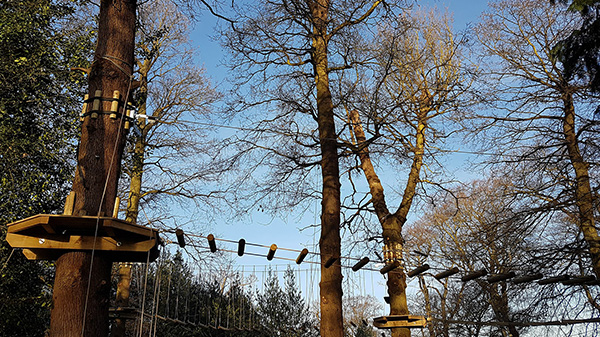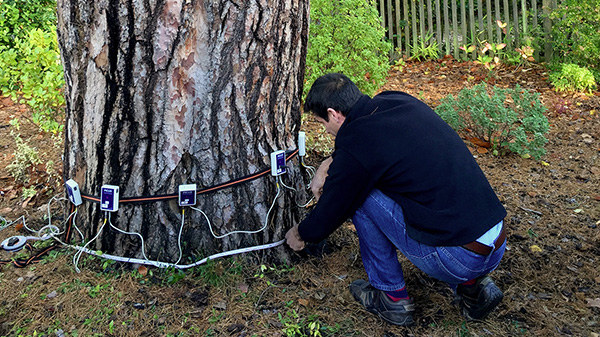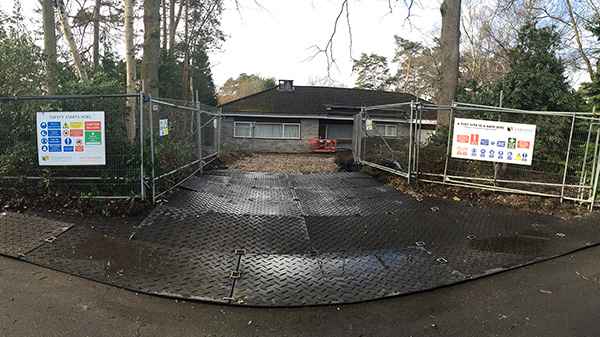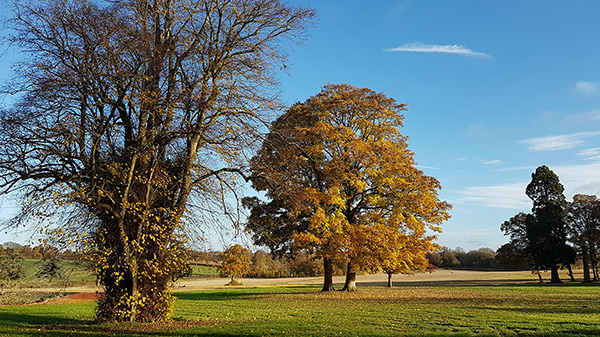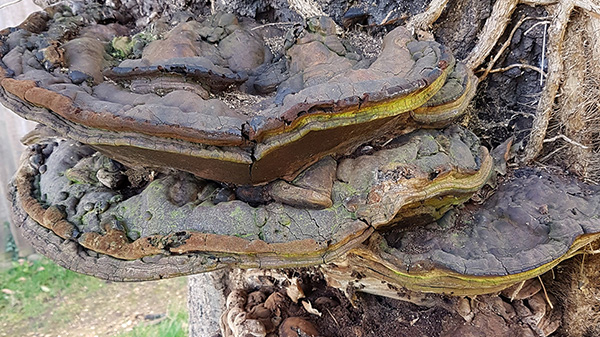Arboriculture
ACD has been providing effective, efficient and robust arboricultural consultancy to clients for over 30 years. We have seen the industry evolve over the years: initially working with the draft of BS5837:1991 to today’s current version of the Standard. ACD Arboriculture was formalised in 2007 in response to increasing requirements from Local Planning Authorities for more comprehensive arboricultural reports to accompany all planning applications.
Arboriculture
Now integrated into ACD Environmental, the arboricultural team, led by Andrew Bigg, continues to meet the demands driven by requirements of BS5837:2012 ‘Trees In Relation To Design, Demolition & Construction’.
-
Development and planning
BS5837 recommends that local planning authorities request the retention of an arboricultural consultant through all stages of development, especially the construction process. All planning applications are now expected to show that trees have been accounted for within development proposals. To achieve this ACD prepares tree reports, arboricultural impact assessments, tree protection plans and arboricultural method statements to the highest standard.Our comprehensive service includes close liaison with design teams prior to application through to the production of realistic and workable layout proposals, arboricultural site supervision and monitoring, and acting as expert witness at appeals. Our experience suggests that the continuous site monitoring and on-site advice protects against costly site-closure and prosecution. Working closely with ACD’s ecologists, landscape architects and archaeologists, a truly holistic approach is assured. This enables the presentation of a robust environmental approach in support of any planning application; from a small domestic extension, to large developments of hundreds of units.
-
Tree health & safety consultancy and advice
Tree owners have a legal obligation to fulfil their Duty of Care and ensure their trees do not present a danger to persons or property. Detailed tree inspections and tree inventories can vary in cost and scope depending on the number of trees and likely targets should those trees fail.ACD can help provide peace of mind for tree owners with a robust tree management plan.
-
Tree and woodland management plans
Spreading urbanisation is steadily increasing the value of our remaining woodlands. It is essential that management strategies are robust and realistic if tree stocks are to be sustainably retained and improved.In addition to the health & safety issues involved with tree management, ACD has experience in drafting and implementing tree and woodland management plans from both a local authority, and private land owner approach.
-
Tree Preservation Orders and Conservation Areas
Householders may find information and advice on TPO’s hard to come by. ACD can offer advice on works to trees within conservation areas and where a TPO is in place. Where conflicts arise, ACD’s long running relationships with many tree officers can help resolutions and avoid drawn out appeal situations.
To discuss individual requirements and for further information please contact Andrew Bigg.

